How To Train A Dog NOT To Do Something
There’s plenty of advice out there on how to train a dog—but not all methods are equally effective or humane. At Dog Savvy Los Angeles, we believe that reward-based dog training, also known as positive reinforcement training, is the fastest, most effective, and kindest way to teach your dog.
But how do you correct bad behavior without punishment, force, or intimidation?
In this guide, we’ll break down how to correct unwanted behaviors using positive, force-free methods. You’ll learn proven techniques like the collar grab, benign timeouts, and restarting the game, so you can set clear boundaries while keeping training fun, fair, and effective.
What Is Positive Reinforcement Dog Training?
Positive reinforcement is a cornerstone of modern dog training and is based on animal learning theory. It works by adding or removing consequences to influence behavior:
Positive Reinforcement: Adding something your dog likes (treats, toys, praise) to increase the chance a behavior happens again.
Negative Punishment: Taking away something your dog wants (attention, access to fun) to reduce the likelihood of a behavior.
These methods communicate clearly with your dog and help them make better choices, unlike punishment-based approaches that often cause confusion and fear.
How Dogs Learn: Association and Consequences
Dogs learn mainly through associations and the consequences of their actions. For example:
When you pick up the leash, your dog gets excited because they’ve learned this means a walk.
If your dog jumps on counters and finds tasty food, the behavior is rewarded and likely to continue—even if you scold them afterward.
Because dogs live in the moment and respond to immediate consequences, punishment after the fact is ineffective and confusing.
Why Verbal and Physical Punishment Doesn’t Work
Punishing your dog verbally or physically can:
Confuse you: You might get frustrated thinking your dog knows they’re wrong, when really they don’t.
Confuse your dog: Without clear communication, dogs can’t understand why they’re being punished, damaging trust.
Damage your relationship: Dogs who fear punishment may stop listening or still engage in unwanted behavior when you are not watching (like raiding the trash when you’re not home).
Frustration with training is normal—but learning how to use consequences effectively makes a huge difference.
Preventing or Withholding Reinforcement: Negative Punishment
Negative punishment means removing reinforcement to decrease unwanted behaviors. This doesn’t involve yelling or hitting—it simply means:
Preventing access to rewards (e.g., clearing counters of food).
Applying timeouts where the dog temporarily loses access to fun or attention.
Using Timeouts Effectively: Let the Consequence Teach Your Dog
Timeouts are a powerful way to communicate that a behavior isn’t acceptable. If a behavior consistently results in a timeout, it will decrease over time.
How to Use Timeouts:
Withdraw attention: Turn away, avoid eye contact, or leave the room briefly.
Use a timeout area: Place your dog behind a gate, on a tether, or in a crate until calm.
Restrict movement: Hold your dog’s collar gently for 10-15 seconds to interrupt behavior.
Use a leash timeout: Put your dog on leash and ask for a sit or down.
Key Tips for Timeout Success
Be brief: Timeouts should last only as long as it takes for your dog to calm down or redirect.
Act quickly: The consequence must happen immediately after the unwanted behavior.
Be consistent: Always apply the timeout for the same behavior to help your dog connect the dots.
Vary timeouts: Don’t always use the same place or method to prevent negative associations.
Give Your Dog Time to Learn and Reward Better Choices
It generally takes 3-5 consistent timeouts to see improvement. When your dog makes a better choice, reward immediately with treats, toys, or praise. Rewards communicate clearly that the new behavior is what you want.
Real-Life Example: The Counter-Surfing Dog
If your dog jumps on counters for food:
Always keep counters clean to prevent reinforcement.
Catch your dog in the act by grabbing their collar and removing their paws from the counter.
Give them up to three chances to make a different choice like sit, lie down, or leave the kitchen, and reward when they do.
Prevent access to the kitchen whenever possible.
This consistent approach teaches your dog that counter-surfing does not pay off.
Why Choose Reward-Based Training?
Reward-based training builds trust and cooperation. Your dog learns to listen because they want to—not out of fear. It’s a fair, clear, and fun way to teach lifelong good behavior.
About Dog Savvy Los Angeles
Alexandra Bassett is the owner and lead trainer at Dog Savvy Los Angeles. Certified by the Council of Professional Dog Trainers (CPDT-KA), she specializes in positive, force-free training methods that solve behaviors like separation anxiety, leash reactivity, and aggression. Alexandra offers online sessions via Zoom to help dog owners worldwide.
Ready to Train Your Dog Positively?
If you’re ready to build a trusting, respectful relationship with your dog while effectively managing behavior, contact Dog Savvy Los Angeles today for expert guidance tailored to your dog’s unique needs.

